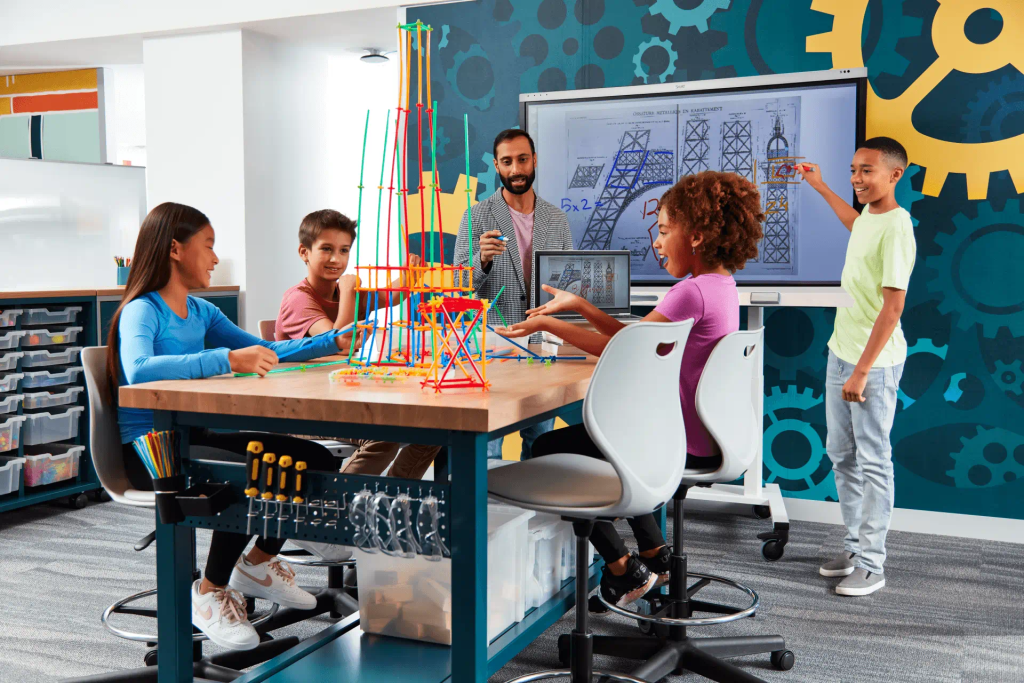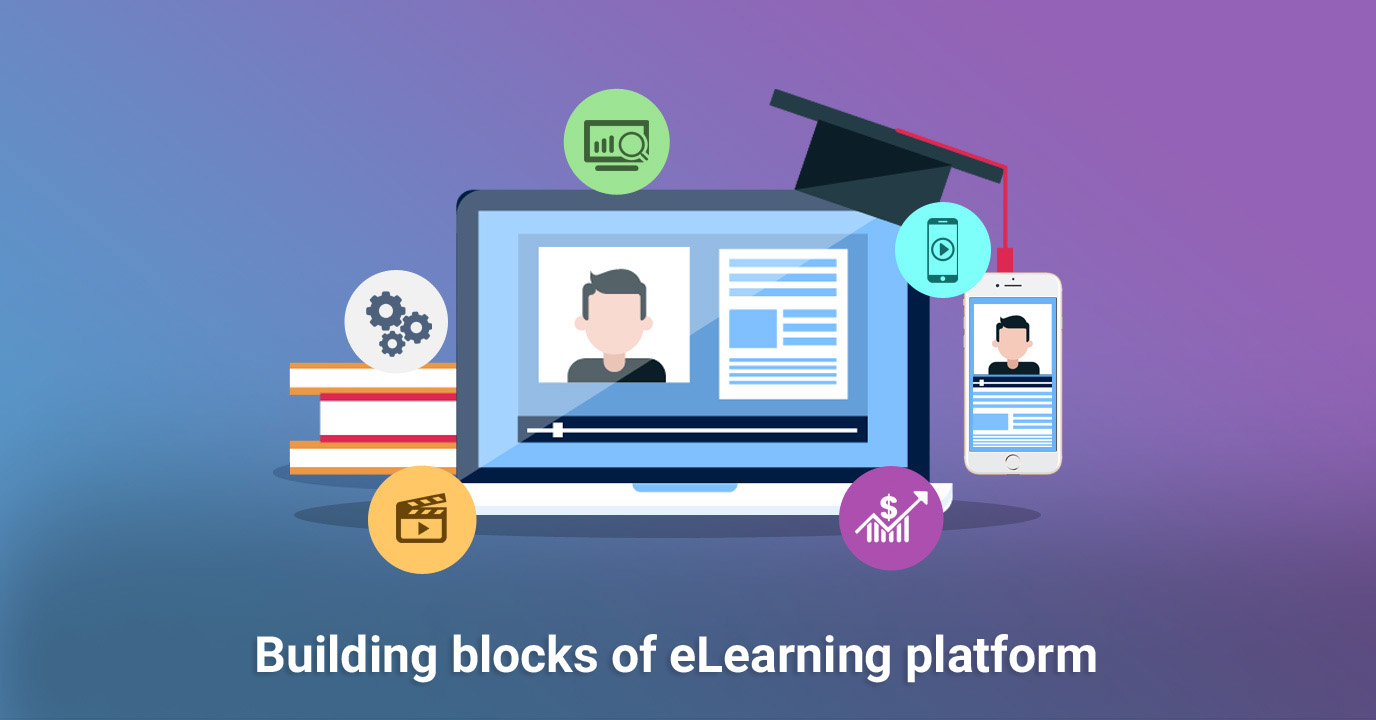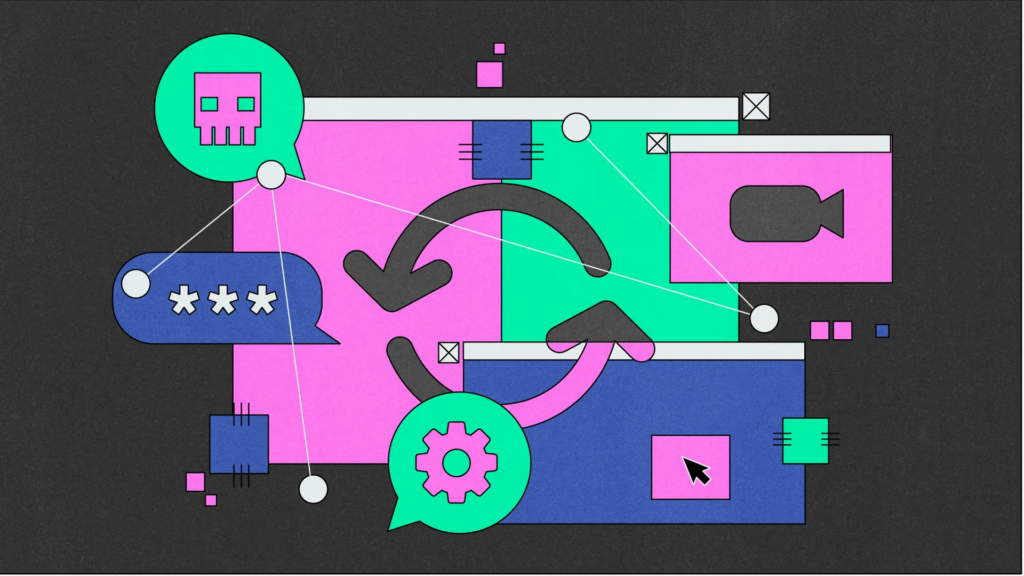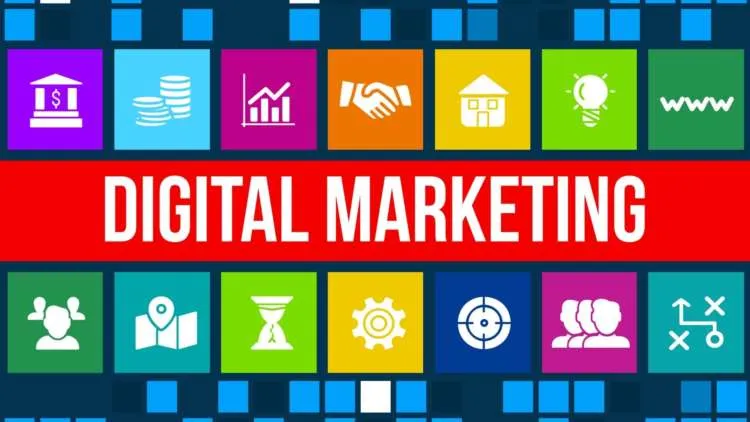The Future of Interactive Fleet Learning In today’s rapidly evolving world, businesses are constantly seeking innovative ways to enhance their operations, improve efficiency, and ensure safety. One sector that has undergone significant transformation is fleet management. With the advent of technology, the concept of interactive fleet learning has emerged as a powerful tool to revolutionize driver training and, consequently, the overall efficiency of fleet operations. In this comprehensive guide, we’ll delve into the nuances of interactive fleet learning, its benefits, implementation strategies, and the future it holds for the fleet management industry.
Understanding Interactive Fleet Learning
Interactive fleet learning encompasses the use of technology-driven platforms and tools to create engaging, immersive, and personalized training experiences for drivers within a fleet. Unlike traditional training methods that involve classroom sessions or instructional videos, interactive fleet learning leverages various interactive mediums such as virtual reality (VR), augmented reality (AR), gamified simulations, and online learning platforms. This approach enables drivers to actively participate in their learning process, leading to enhanced comprehension, retention, and application of knowledge.
Benefits of Interactive Fleet Learning
- Enhanced Engagement: Interactive fleet learning captivates drivers’ attention by offering a dynamic and engaging learning environment. This increases their willingness to participate and learn, ultimately resulting in improved training outcomes.
- Personalized Learning Paths: Each driver has a unique set of skills and requirements. Interactive fleet learning can adapt to individual drivers’ needs, providing tailored training paths that address their strengths and areas needing improvement.
- Realistic Simulations: Simulations enable drivers to practice in various scenarios, from adverse weather conditions to congested city traffic. This hands-on experience enhances drivers’ decision-making skills, preparing them for real-world challenges.
- Immediate Feedback: Interactive learning platforms provide instant feedback, allowing drivers to correct mistakes and refine their skills in real-time. This immediate feedback loop accelerates the learning process.
- Cost and Time Efficiency: Traditional training methods can be time-consuming and costly. Interactive fleet learning reduces training duration and expenses by utilizing virtual environments and remote learning opportunities.
Interactive Fleet Learning Implementation Strategies
- Integration of VR and AR: VR and AR technologies can replicate real-world driving scenarios. By integrating these technologies, fleet managers can expose drivers to potentially hazardous situations in a controlled environment, fostering safer driving habits.
- Gamification: Gamified learning encourages healthy competition among drivers, motivating them to excel in their training. Incorporating game elements such as points, levels, and rewards can make the learning process more enjoyable and effective.
- Mobile Learning Apps: Mobile apps offer drivers the flexibility to access training modules on-the-go. Micro-learning sessions, quizzes, and video tutorials can be easily consumed using smartphones or tablets.
- Data Analytics: Interactive fleet learning platforms collect data on drivers’ progress and performance. Analyzing this data can provide insights into areas that require additional attention and help refine training programs.

The Future of Interactive Fleet Learning
As technology continues to evolve, the future of interactive fleet learning holds immense promise. Here are a few trends that are likely to shape the landscape:
- Artificial Intelligence (AI) Integration: AI can personalize training further by adapting content based on drivers’ learning patterns and preferences, making the learning process even more efficient.
- Connected Vehicles: With the rise of the Internet of Things (IoT), vehicles are becoming increasingly connected. Interactive fleet learning could leverage these connections to provide real-time feedback and coaching while drivers are on the road.
- Holographic Training: Advanced holographic technologies could create lifelike training scenarios, allowing drivers to practice in highly realistic environments without leaving their training centers.
Interactive fleet learning represents a paradigm shift in the way driver training is conducted within fleet management. By embracing technology-driven approaches like VR, AR, and gamified simulations, fleet managers can unlock numerous benefits, ranging from enhanced engagement and cost savings to improved driver safety. As the fleet management industry continues to evolve, interactive fleet learning is poised to become an indispensable tool for maximizing operational efficiency and ensuring the safety of drivers and the communities they serve. Embracing these innovations today will undoubtedly pave the way for a safer and more effective fleet management landscape tomorrow.
Watch Video The Basic Principles of Fleet Management (Free Fleet Management Course) | Masters of Fleet
Frequently Asked Questions on Interactive Fleet Learning
1. What is interactive fleet learning?
Interactive fleet learning is a modern approach to driver training within fleet management. It involves the use of technology such as virtual reality, augmented reality, and gamification to create engaging and personalized training experiences for drivers.
2. How does interactive fleet learning differ from traditional training methods?
Traditional training methods often involve classroom sessions and instructional videos. Interactive fleet learning, on the other hand, leverages technology to create immersive and interactive experiences that actively engage drivers in the learning process.
3. What are the benefits of interactive fleet learning for fleet managers?
Interactive fleet learning offers benefits such as enhanced driver engagement, personalized training paths, realistic simulations, immediate feedback, and cost and time efficiency. It also provides data analytics that can help refine training programs.
4. Can interactive fleet learning improve driver safety?
Yes, interactive fleet learning can significantly improve driver safety. By exposing drivers to realistic hazardous scenarios in controlled environments, they can practice safe decision-making, reducing the likelihood of accidents on the road.
5. How does gamification contribute to interactive fleet learning?
Gamification introduces game elements like points, levels, and rewards to the learning process. This motivates drivers to actively participate in training, compete with their peers, and ultimately improve their skills.
6. Are there specific technologies used in interactive fleet learning?
Yes, interactive fleet learning incorporates technologies such as virtual reality (VR), augmented reality (AR), mobile learning apps, and data analytics. These technologies enhance the learning experience and offer various training methods.
7. Can interactive fleet learning be conducted remotely?
Yes, interactive fleet learning can be conducted remotely through online platforms and mobile apps. This flexibility allows drivers to access training modules at their convenience, making it ideal for continuous learning.
8. How does AI enhance interactive fleet learning?
Artificial Intelligence (AI) can personalize training content based on drivers’ learning patterns and preferences. This ensures that each driver receives training that is tailored to their individual needs, making the learning process more efficient.
9. What role does data analytics play in interactive fleet learning?
Data analytics collects information about drivers’ progress and performance during training. Fleet managers can analyze this data to identify areas that need improvement and fine-tune training programs accordingly.
10. How does interactive fleet learning align with the future of fleet management?
As technology continues to advance, interactive fleet learning is likely to become an integral part of fleet management. It will adapt to trends such as AI integration, connected vehicles, and holographic training to provide even more effective and personalized training experiences.
11. Is interactive fleet learning suitable for all types of fleets?
Yes, interactive fleet learning can be adapted to various types of fleets, whether they consist of delivery trucks, buses, or any other type of commercial vehicles. The training content can be tailored to suit the specific needs of each fleet.
12. How can fleet managers measure the effectiveness of interactive fleet learning?
Fleet managers can measure the effectiveness of interactive fleet learning by assessing drivers’ performance improvements, safety records, and the reduction in training costs and time. Data analytics and feedback from drivers can also provide insights into the success of the training program.
13. Can interactive fleet learning help with compliance training and regulations?
Absolutely, interactive fleet learning can be designed to include compliance training modules, ensuring that drivers are well-informed about regulations and industry standards. This helps fleets stay compliant and avoid potential legal issues.
14. Is there a recommended frequency for interactive fleet training sessions?
The frequency of training sessions can vary based on fleet size, industry requirements, and driver experience. However, regular and consistent training sessions are recommended to reinforce safe driving practices and keep drivers updated on the latest industry trends.
15. How can companies get started with implementing interactive fleet learning?
Companies can start by researching and selecting appropriate technologies for interactive fleet learning. They can then design training modules, collaborate with technology providers, and gradually integrate the program into their driver training curriculum.
Read More : OpenAI and Microsoft Extend Partnership: Powering the Future of AI
Follow us on Instagram : https://www.instagram.com/xidexlabs/





